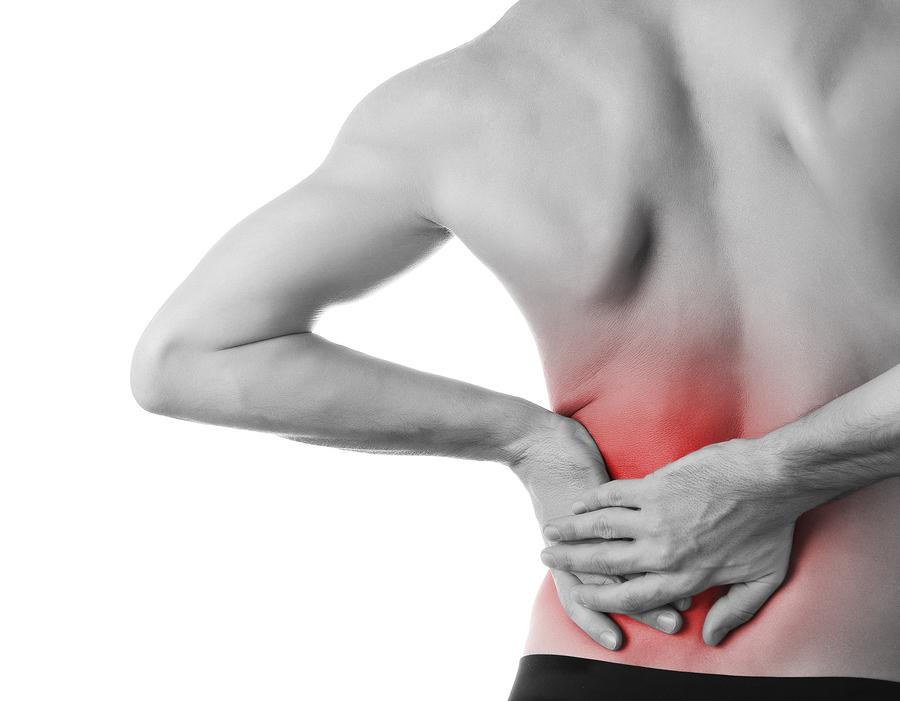The back is one of the most important regions of the body when it comes to how mobile we all are. Almost every move we make is connected to the back and it is not uncommon for injuries to occur purely as a result of general wear and tear.
It is important to be aware of the fact that any trauma that is experienced by the back can cause much bigger problems, some of which can be long-lasting or permanent.
Common Back Injuries
The most common injuries suffered in the back are strains and sprains. Fracturing a vertebrae or experiencing a herniated disc are also commonly experienced issues. The most frequent causes of all four of these things are automobile and sports related accidents. However, that’s not to say that you can’t cause harm to your back in other ways!
The impact of a back injury on your life could be quite serious and detrimental. If you depend upon your mobility – being able to walk, move, stretch – in order to make your living (as most jobs do!), then your life could rapidly change if you are inhibited from doing these things for a period of time.
Sprains and Strains
When you sprain your back you have essentially stretched a ligament too far. This can be easily done if you are trying to lift a heavy object.
Strains on the other hand are inflicted on the tendons and muscles and will normally be the result of a fall or some kind of forceful impact to the body.
Although these two things differ in definition, the treatment for both is fairly similar. It first involves various methods of pain reduction, such as medication or an ice pack, and then a period of immobility must be observed in order to rest the afflicted area.
A Fractured Vertebrae
When you fracture a vertebrae you will usually do so as a result of a serious trauma and treatment should be considered immediately due to the possibility of lasting damage to the spine. A fractured vertebrae will normally be treated without resorting to surgery, although this is sometimes required.
A Herniated Disc
When a disc in the back ruptures it is referred to as a herniated disc. This can cause complications for the nearby nerves and can result in mild to serious back pain. The best treatment for a herniated disc is a combination of bed rest and painkillers followed by physical therapy.
How to Protect Your Back
As we have focused a lot on in the past few weeks, yoga is a great way to combat and prevent back pain and you can read more about that in this previous blog post. However, recent research has shown that pilates can also be a great way to keep your body and therefore your back in top shape! It can also help to reduce pain in the back.
This research has shown that women who are aged fifty and older can gain particular benefits from including pilates in their exercise regime. This activity is additionally useful for improving balance which is something that those in their later years can benefit from.
If neither of the aforementioned activities sound like they are for you, then you can also feel the benefits of simply adding a stretching routine into your daily schedule.
Stretching before and after exercise should be an absolute must, but that does not mean that stretching can’t be beneficial for the body at other times. Stretching your entire body through a pre-planned sequence is a great way to keep the important parts of your body mobile, and to preserve an optimum range of motion.
Be Cautious
Remember, there is no harm in being overly cautious when it comes to your physical health. Always be sure to assess the risk involved with any activity that you are going to take part in, and then decide how you can alleviate some of this risk, such as through various forms of protection.
Although it is of course possible to recover from certain injuries, this is not always 100% the case when the back is involved! The spine is an essential part of your body in terms of how you move independently, so make sure to give it the care that it deserves!
References
1) http://uk.reuters.com/article/2015/08/26/us-health-backpain-pilates-idUKKCN0QV28H20150826
Related Posts
Cigarettes May Inhibit Inflammation Treatments
Axial spondyloarthritis, also known as AxSpa, is a chronic…









